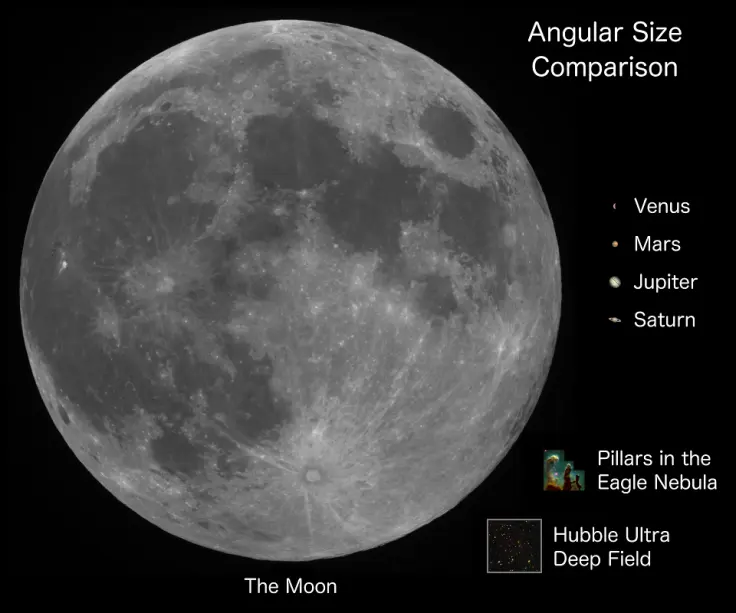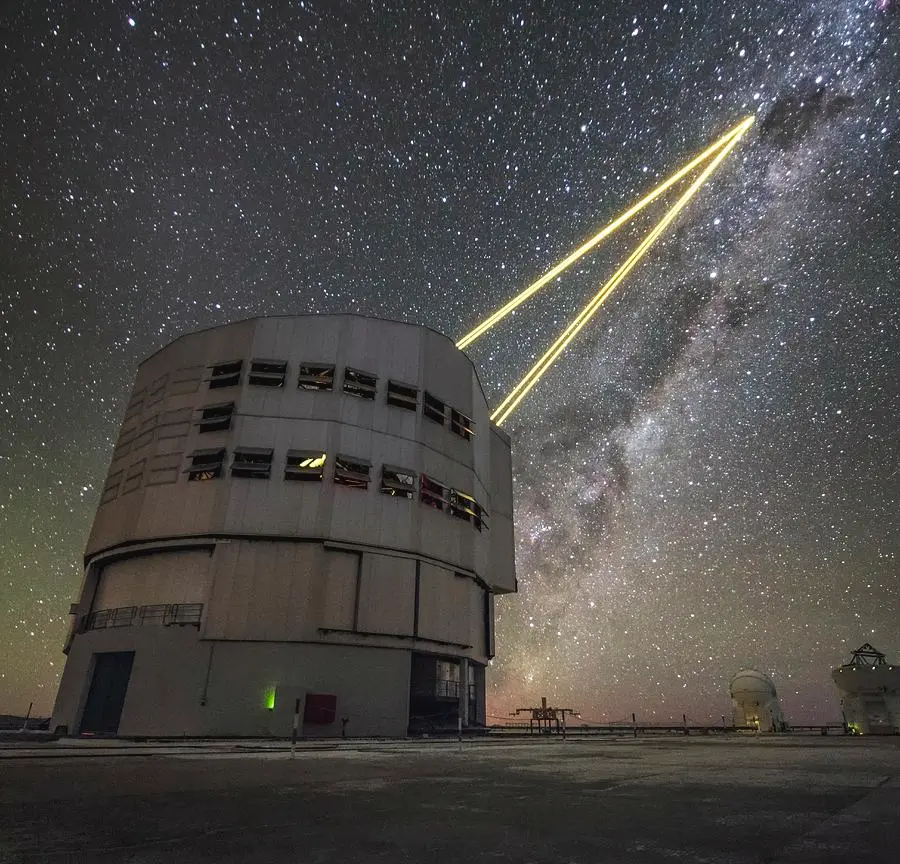A very USA-centric comment. While it is true that countries that were former colonies have their roots tied to those imperialist projects which definitely involved finance, this is not the case for countries that didn't start as colonies. The sweat of the subsistence farmer or the feudal peasant/slave was what built the foundations of most countries.
In a truly post-apocalyptic setting there definitely would not be any need for finance of any sort. Job titles such as the one in the meme above are bullshit jobs that only exist to serve modern consumer capitalism. That is to say, they are not necessary. That's what this meme is about in my opinion.


It's interesting that the view isn't horribly pixelated due to too much screen time. Anon must like books or something...